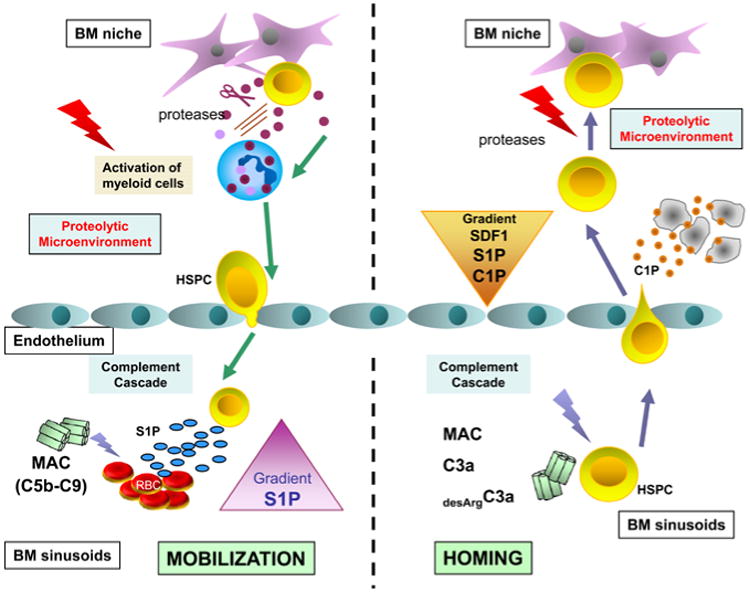Figure 3. Proposed scheme depicting a novel proposed role of complement cascade activation and bioactive lipids in mobilization and homing of HSPCs.

Panel A – G-CSF-directed mobilization induces in BM both proteolytic microenvironment and activates complement cascade (CC). Proteolytic enzymes attenuate interaction of HSPCs with homing signals (e.g., SDF-1-CXCR4 and VCAM-1-VLA-4 axes) and in addition activated CC via MAC releases form erythrocytes that are present in BM sinusoids sphingosine-1 phosphate (S1P). Released from erythrocytes S1P is a major chemoattractant that directs egress of HSPCs into PB. Panel B – Myeloablative conditioning for transplantation also induces in BM both i) proteolytic microenvironment and ii) activates CC. Proteolytic microenvironment degradates SDF-1, but at the same time several bioactive lipids including C1P are released from damaged BM cells that chemoatrract HSPCs. Furthermore, some elements of activated CC such as for example C3a increase responsiveness of HSPCs to SDF-1, C1P and S1P homing signals.
